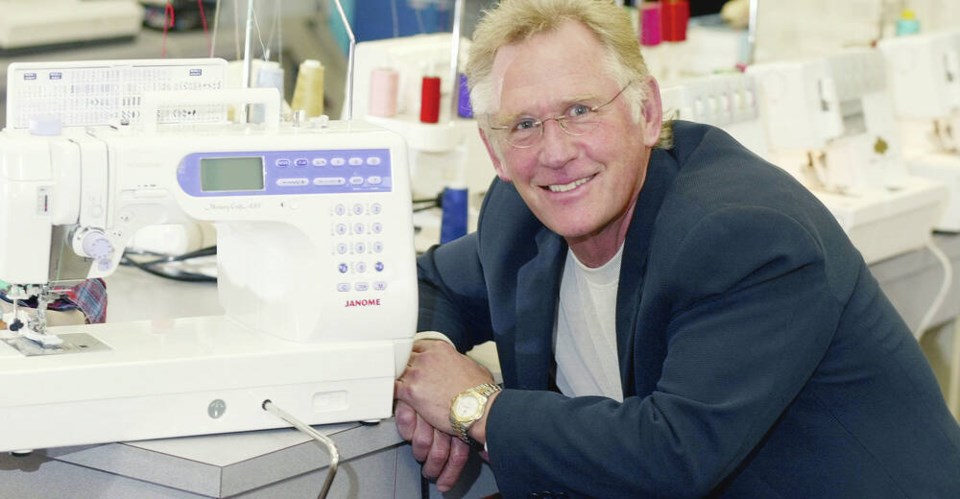It's always best if farmers can detect drought stress crop plants become wilted, weakened and lower-yielding. An experimental new portable device could help in that regard, as it uses ultrasound to spot such stress in its earliest stages. The handheld tool was developed by scientists at Lithuania's Kaunas University of Technology, working with colleagues from the Spanish National Research Council.
Unlike existing methods of measuring drought stress, it doesn't harm any part of the plant, and it delivers results instantly on the spot – not later on in a lab. The device incorporates two disc-shaped ultrasound transducers which are set face-to-face with a gap between them. One of those transducers sends out an ultrasound signal, which is received by the other one.
When a leaf (which is still attached to the plant) is inserted into the gap, it affects the signal that is now passing through it. More specifically, the leaf's resonant frequency, thickness, density and other characteristics all alter the received ultrasound signal in a telltale fashion. Therefore, by analyzing the signal data, software on a wirelessly linked smartphone is able to determine the plant's and relative water content.
Both of these metrics are traditionally used to assess drought stress. If a significant amount of stress is detected, then the irrigation system (if applicable) can be activated. If not, then then the farmer can save water and avoid root damage by not overwatering.
And as an added bonus, pl.


















